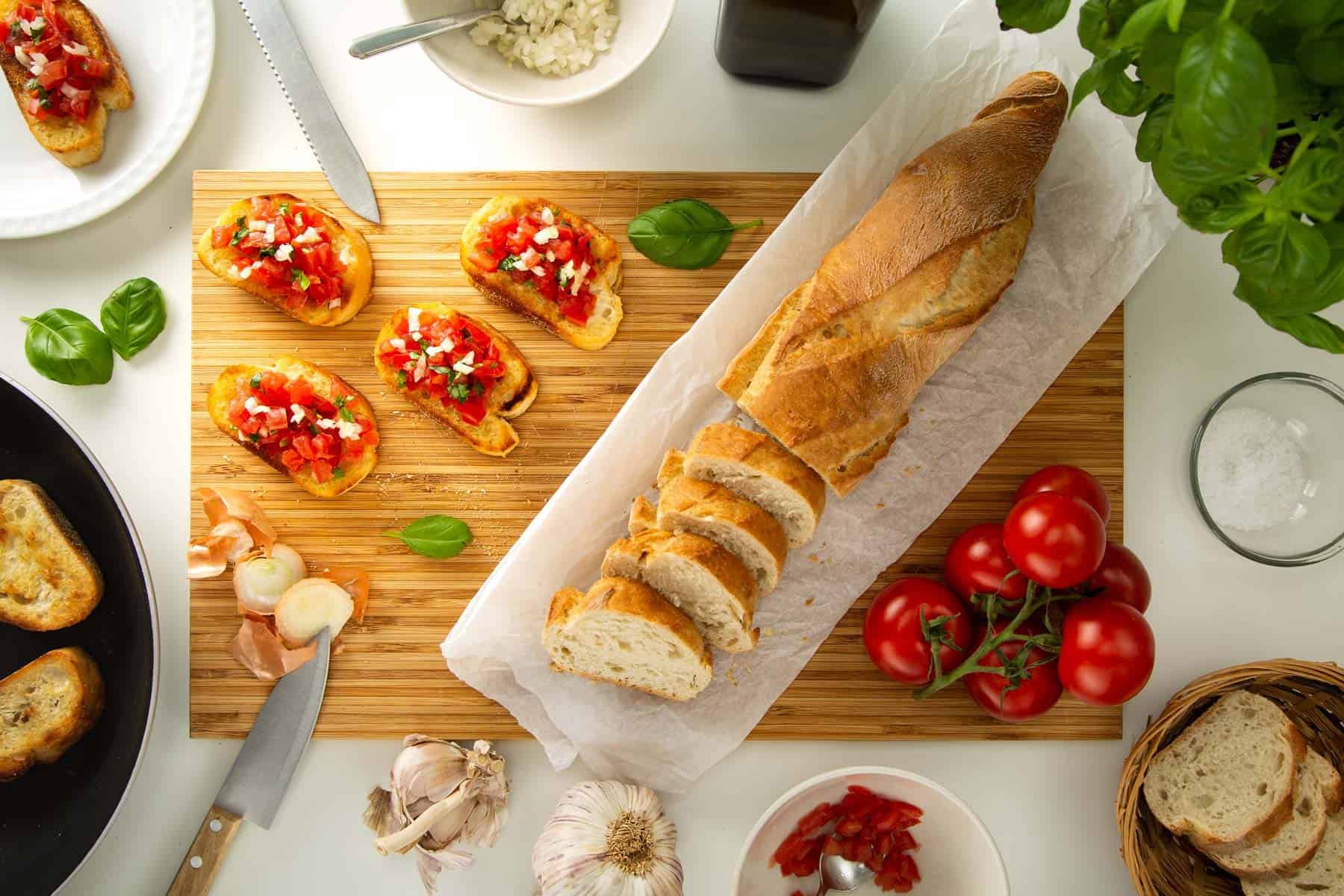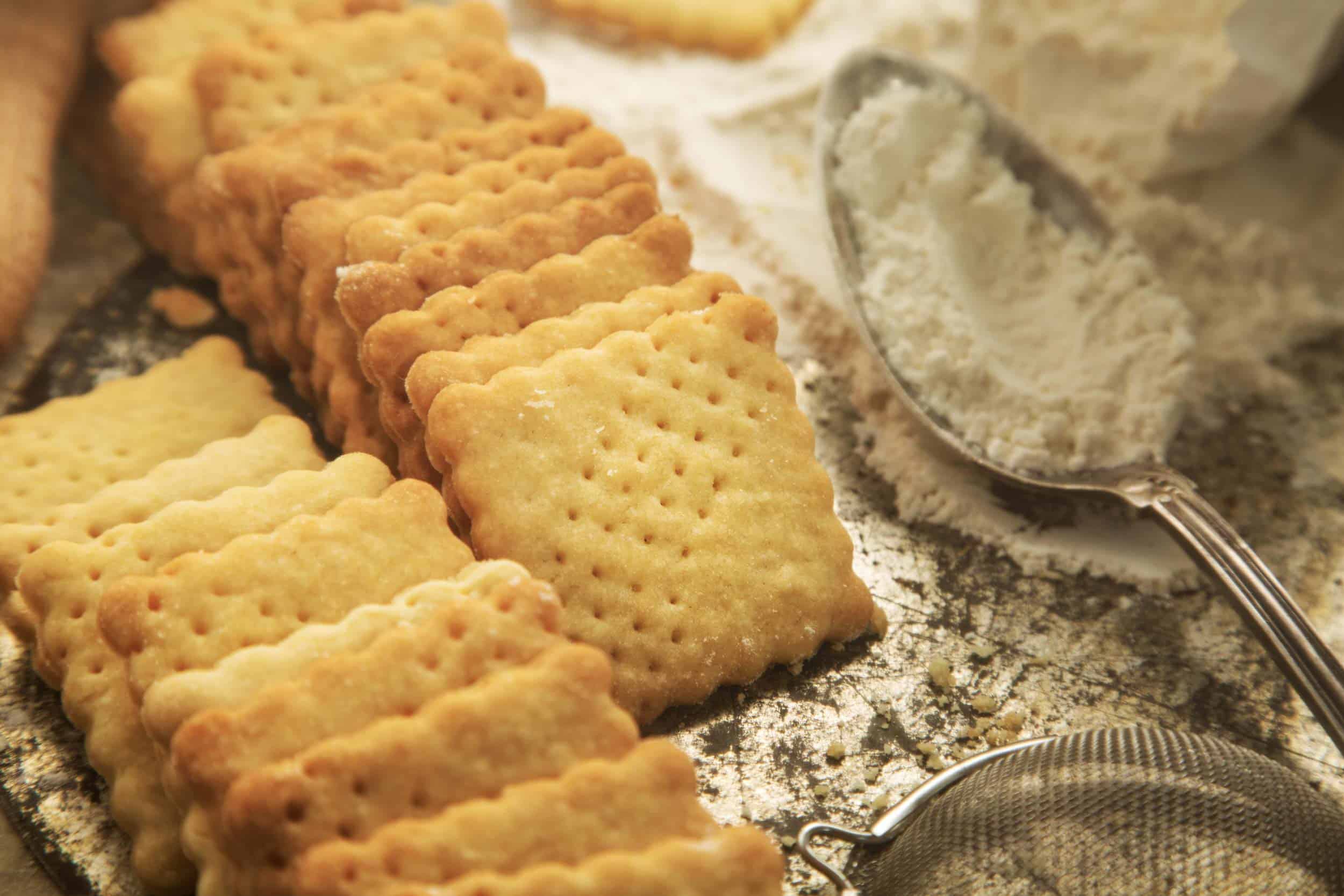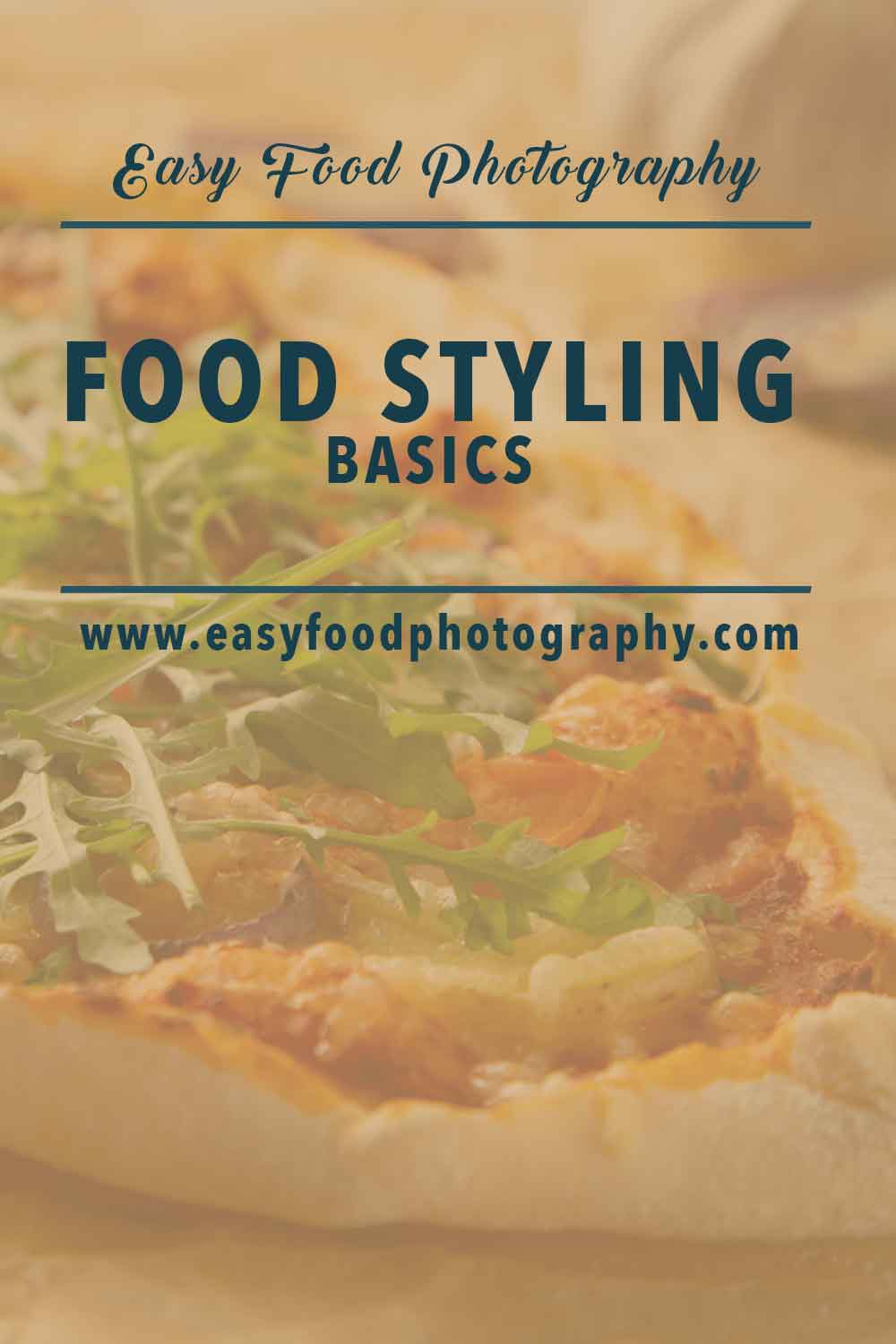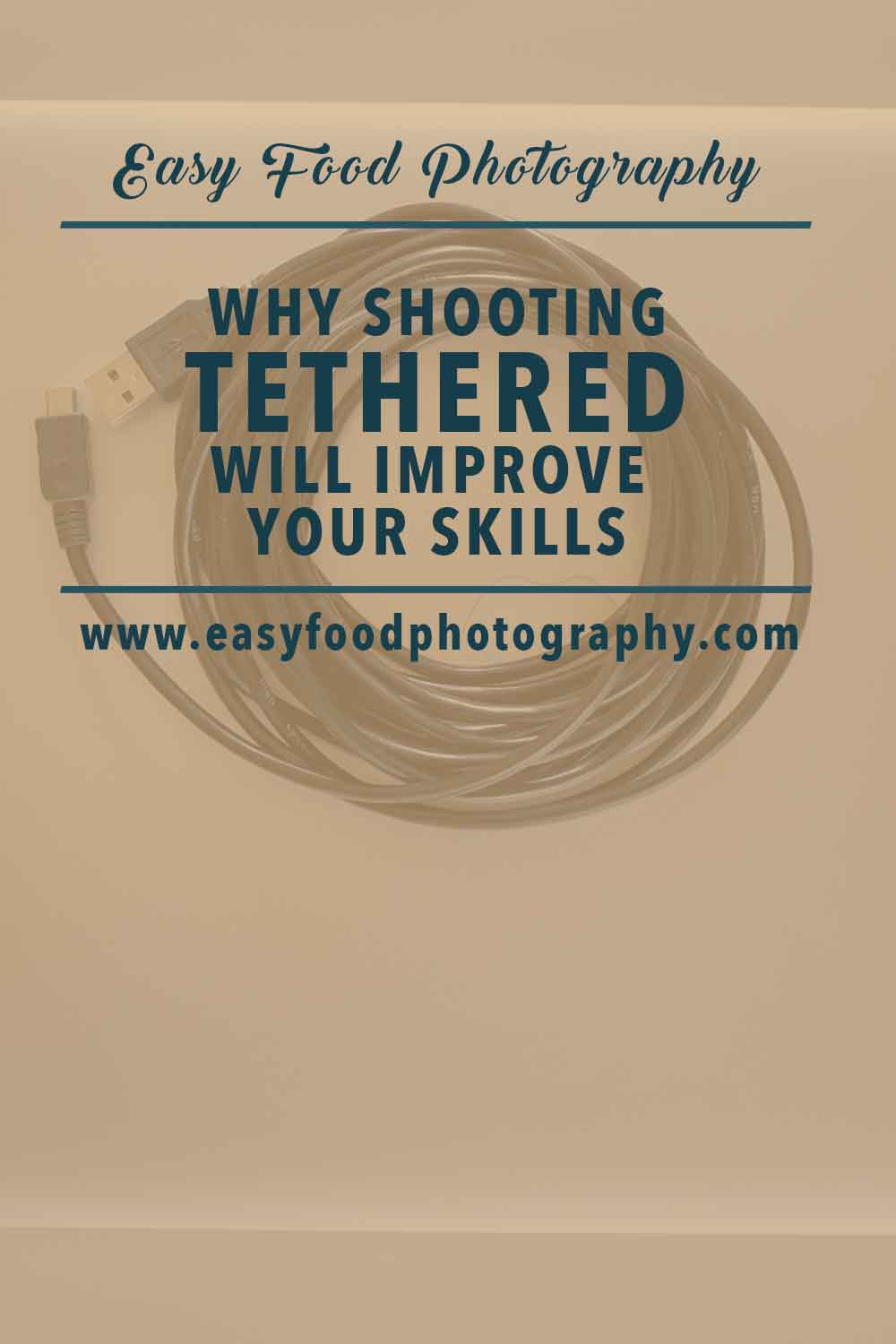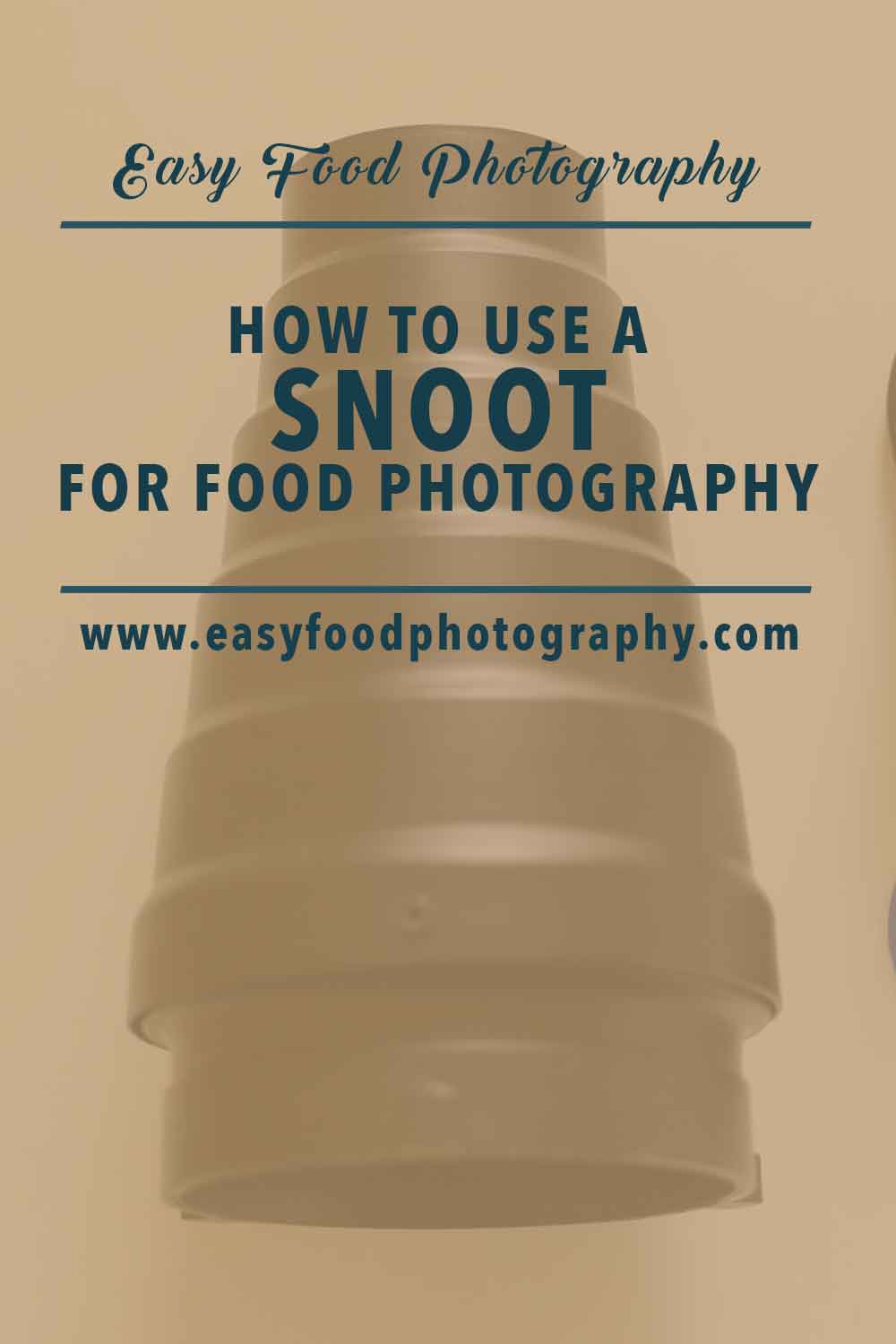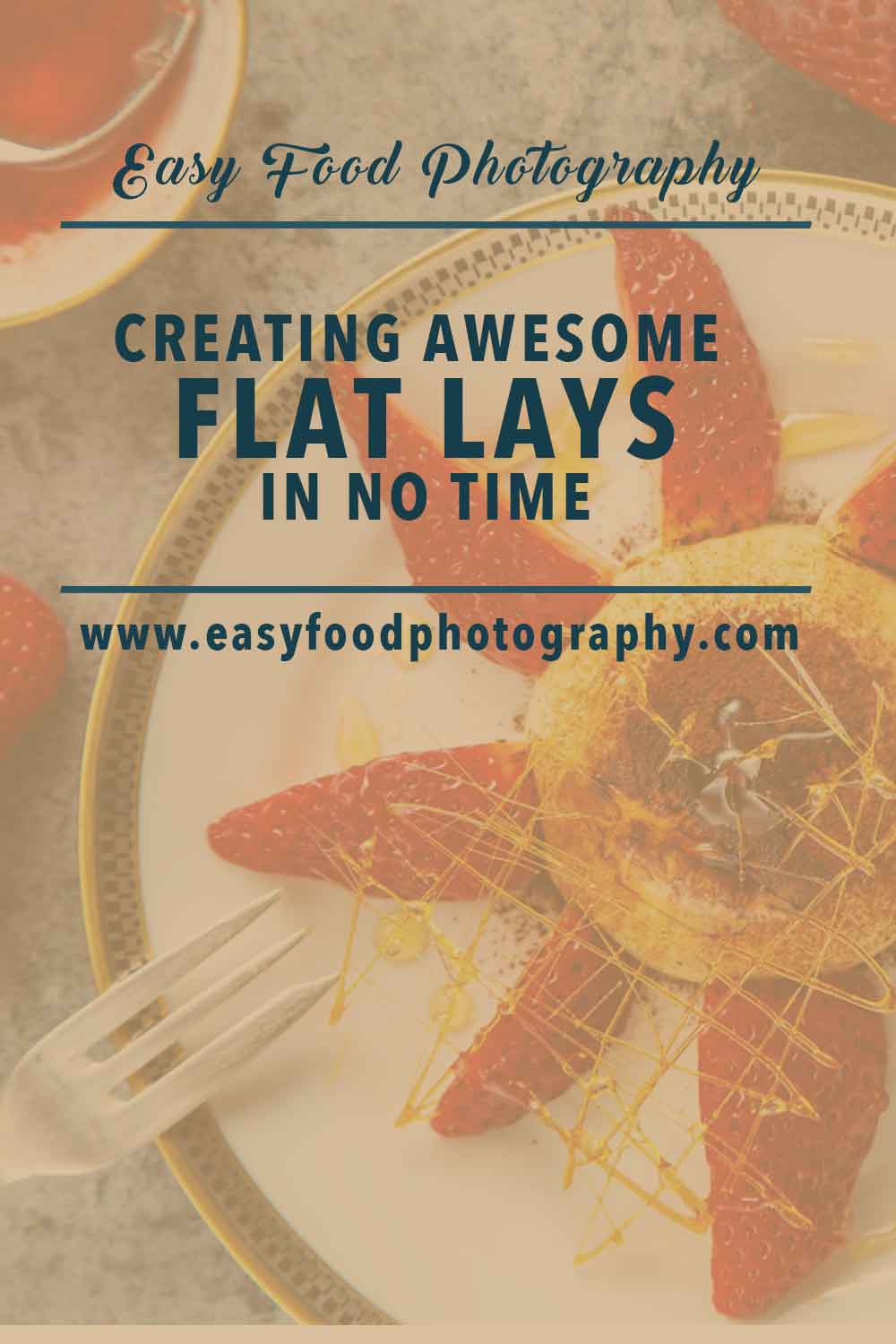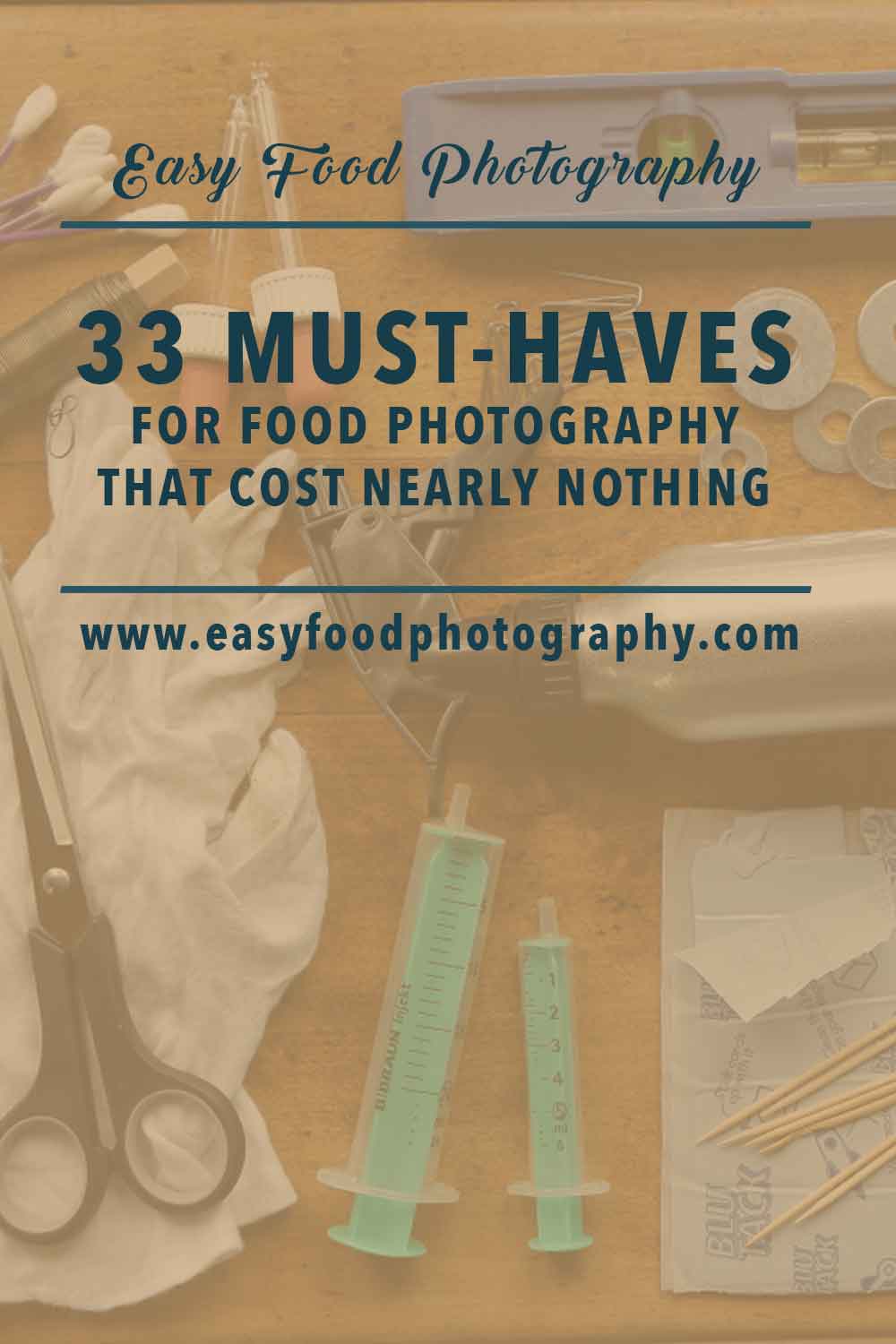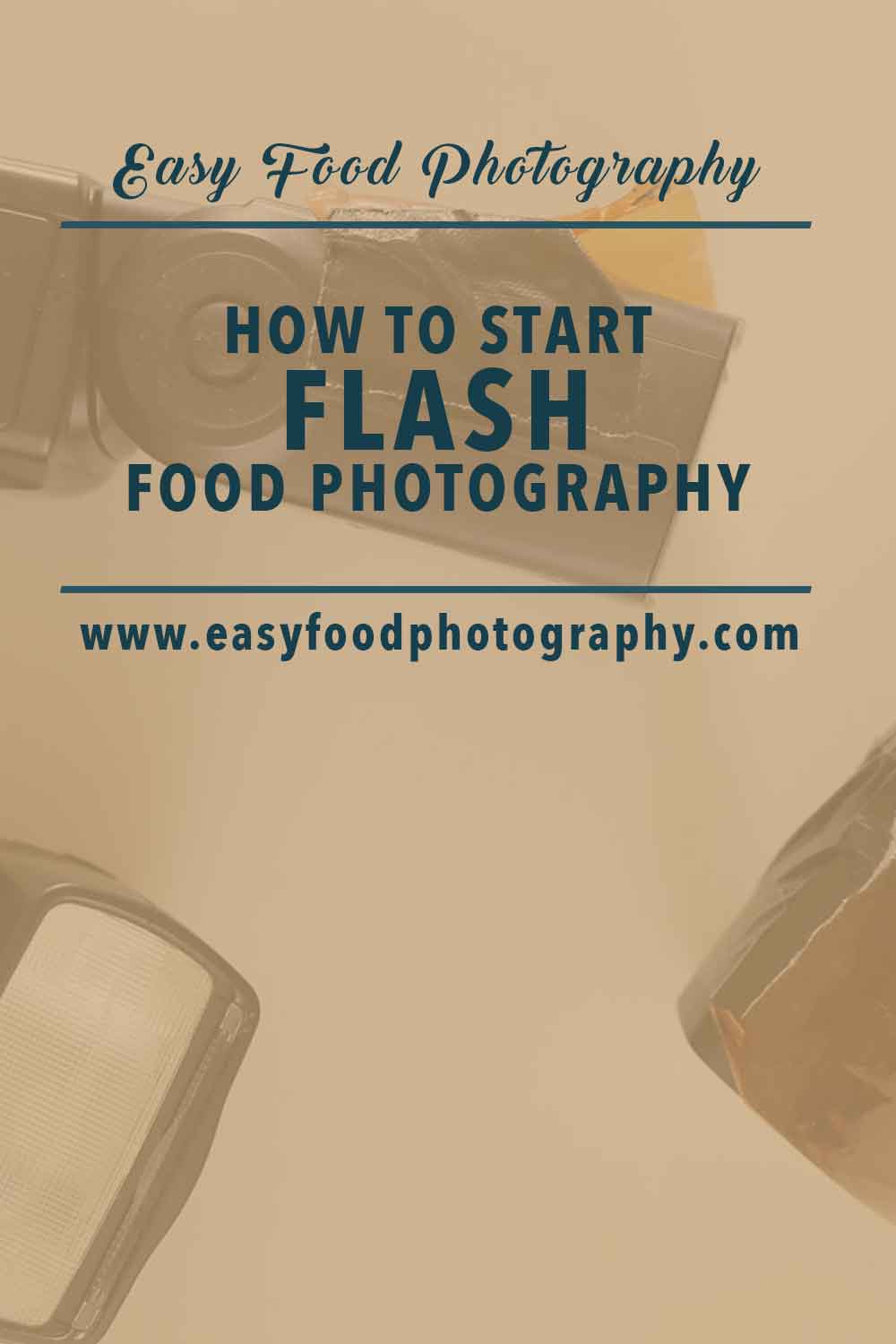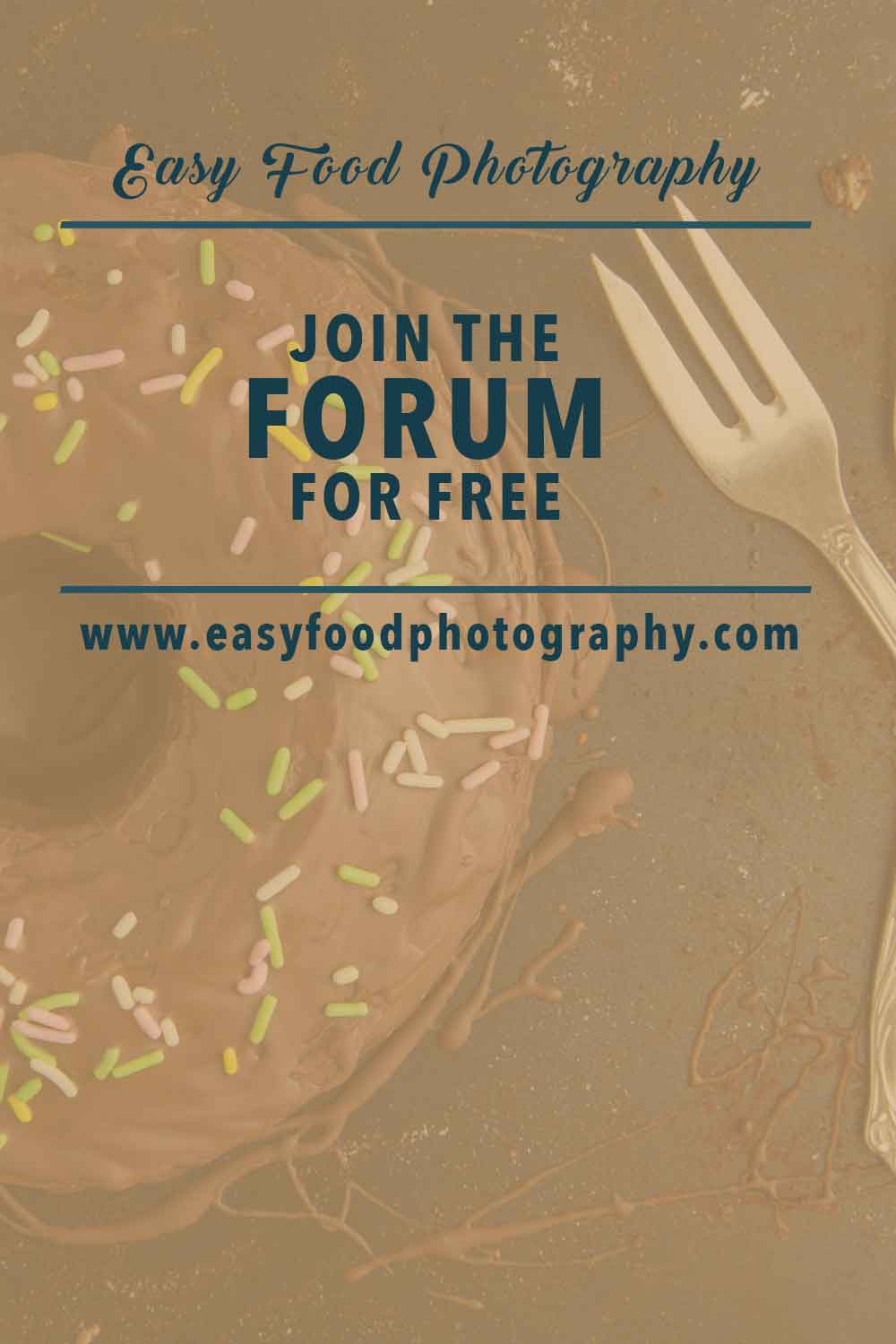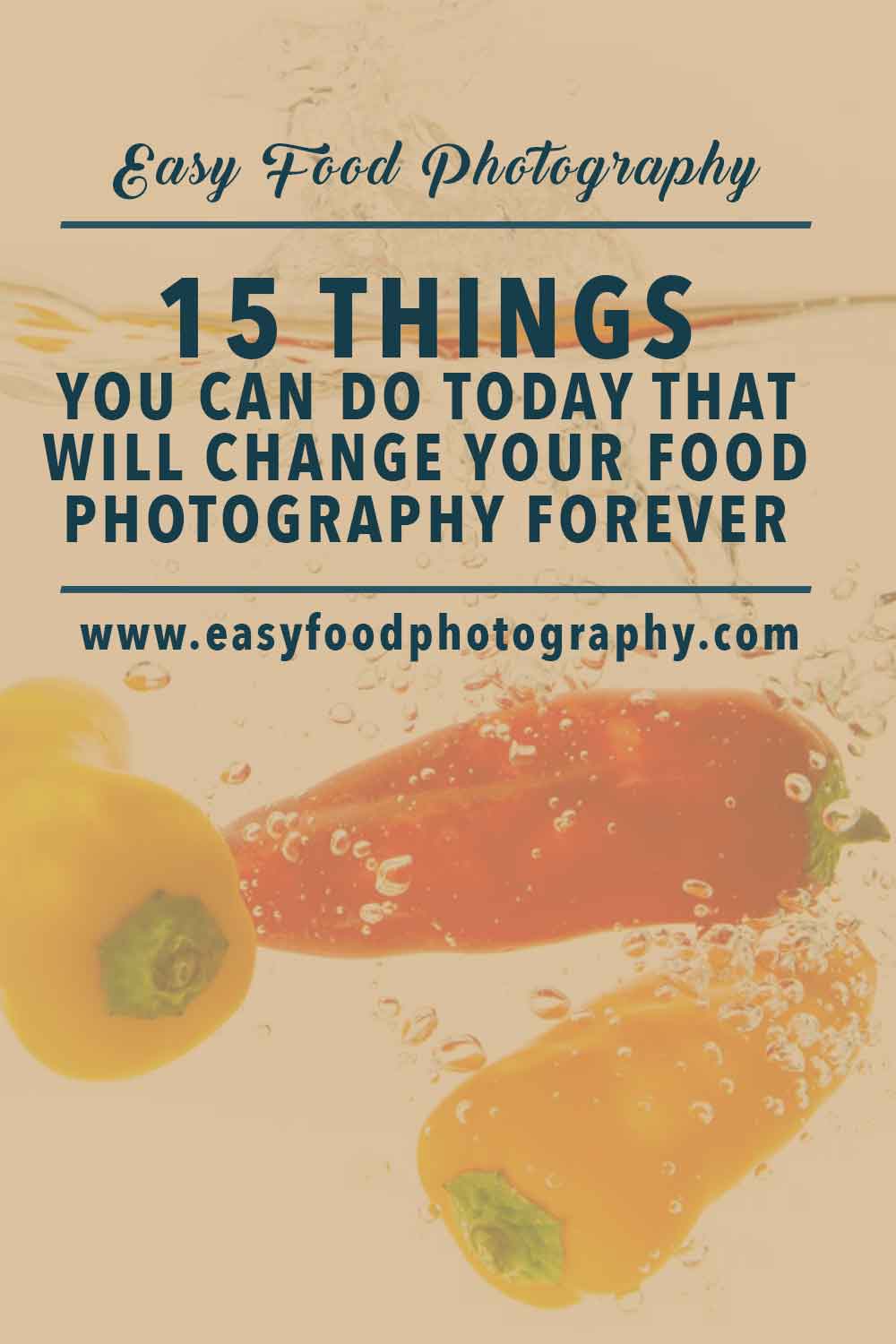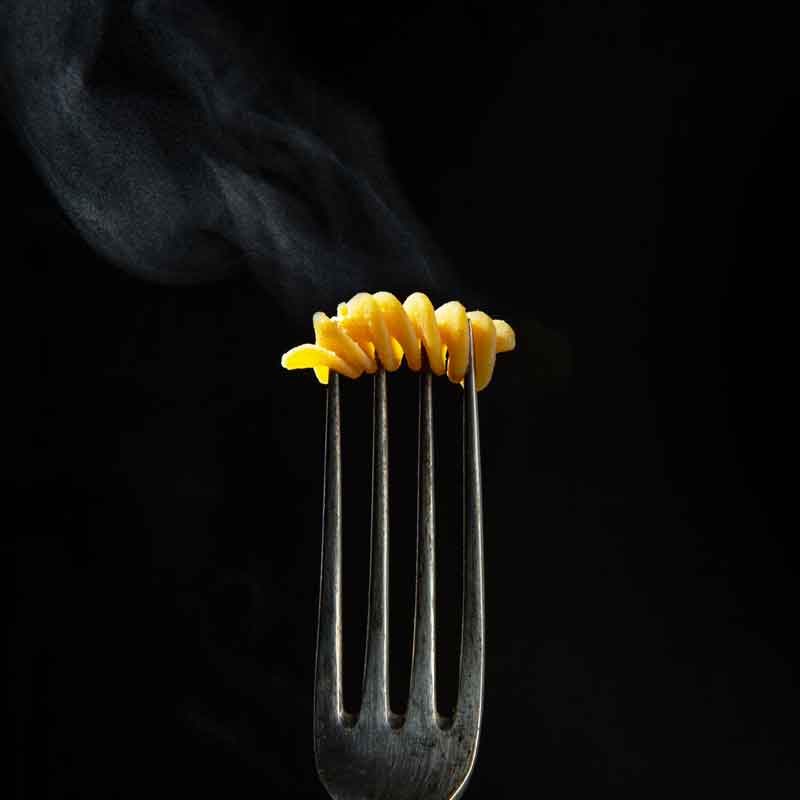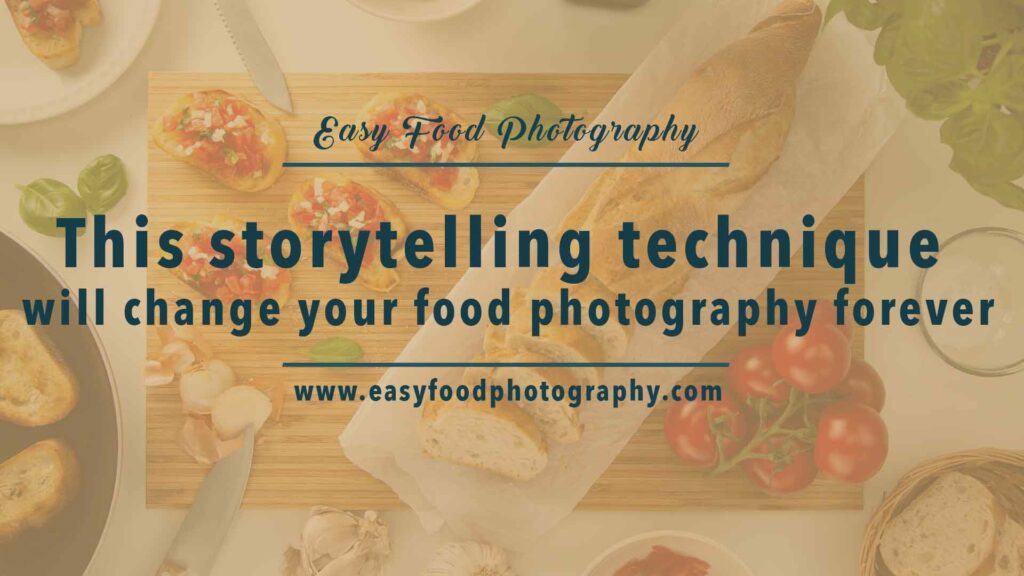
The art of storytelling
The basic idea of storytelling in food photography is to create an emotional connection between the image and the viewer. You can easily achieve this by adding irrational value to your food images by adding some details. This could be a certain lighting mood or a certain prop.
This will – in a perfect world – evoke some memories in your viewer and put them in the right emotional state to connect with your images and the food shown. If you reach such a level, you’ve done it.
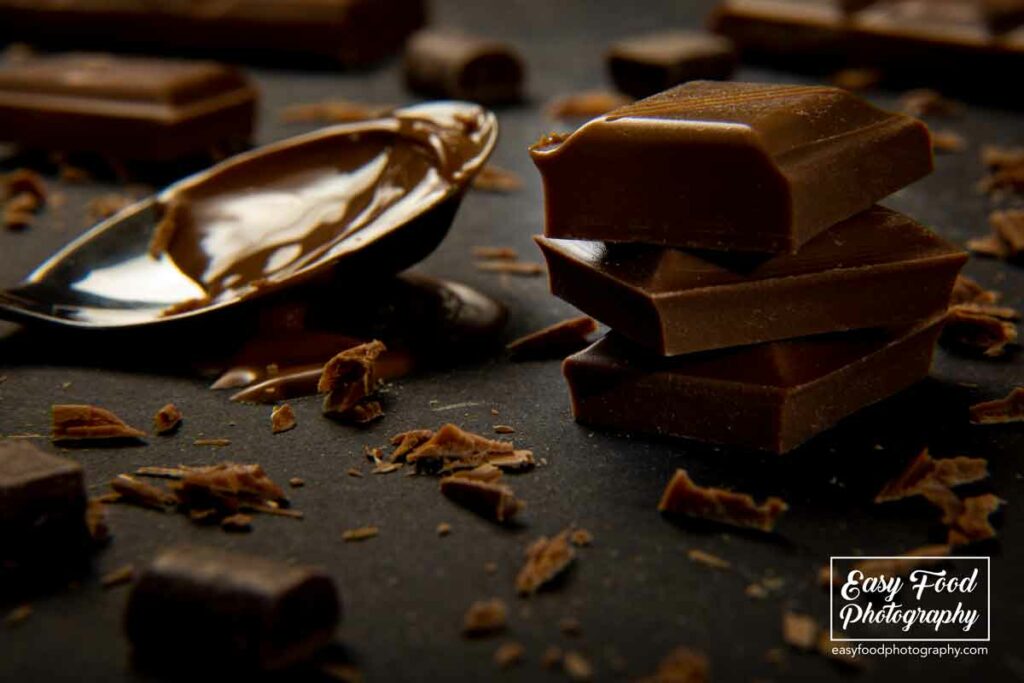
What separates a snapshot from a professionally taken food photo? The first thing to mention is that professional food photos are taken for one reason and one reason only:
They are meant to make people hungry right then and there and to create a craving for the food pictured so that it is purchased immediately.
What may sound like a simple task is inherently a bit more complicated. After all, the food itself is just-food. And even if it is put in the right light, it remains just-food. A so-called packshot.
To sell it, you have to attach something to it that connects it to the viewer’s perception.
And for that, we need to take a step back and think about some basic selling theories. The first stage of selling is to create an emotional and absolutely irrational bond between the product and the customer.
The key here is to appeal to some emotional stimuli by adding value. And at this point, we need to talk a bit about storytelling and how to master it.
Where to start?
Everything we like or dislike is closely linked to our earliest days on earth. As children, we develop a strong attachment to our likes and dislikes. And what food we like and dislike is just as much a cultural thing.
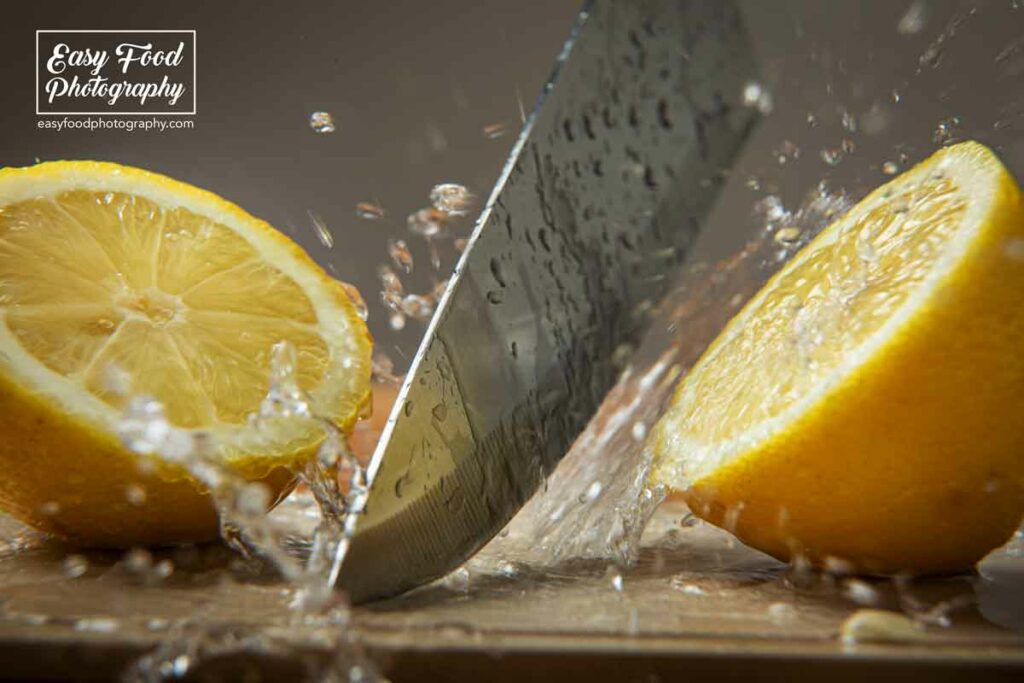
Nonetheless, this is a good starting point to tell the story. When preparing for a photoshoot, think not only about the food itself and how you want to present it but also about the setting in which you want to present it.
Think of a special mood in a special setting that could help to make you want that particular food even more.
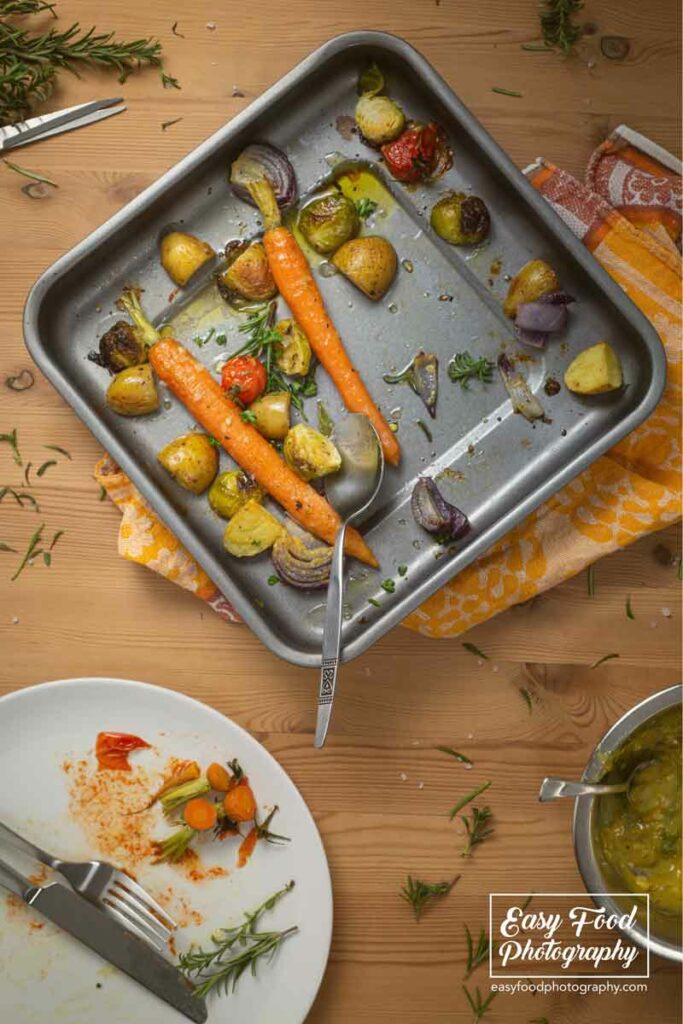
The game
When I started food photography, I learned something from Rob Grimm – an excellent, top-notch food photographer. He developed a game.
The game goes like this: you have 3 boxes. Each box represents something. The first box represents a character, the second box represents a place, and the third box represents a meal or a drink.
So for each category, you write yourself a bunch of different cards and put them in the right box. Then you pick a card from each box and you have your story.
For example, let’s say you chose Indiana Jones, India, and Whiskey. That’s it. That’s the story you want to tell. Indiana Jones is drinking whiskey somewhere in India.
Of course, you don’t have to call Harrison Ford to book him for your shoot. But it will give you an idea, tonality, and a mood. And it will change your personal style for sure. And in the end, it’s fun, too.
Maybe your wife is interested in yoga and has some Indian stuff you can use as props. Think of a whiskey glass that Indiana Jones would pick up, and maybe incorporate another prop into your scene – it could be a dirty glove, a camera, a piece of a treasure map, or just some smoke from an incense stick. Whatever.
This game is a good helper when you are far from your creativity. It will help you come up with new ideas very quickly and inspire you.
Reduce your story to the core
For example, I don’t just show the pizza, I show a sliced pizza on a plate with a dirty pizza wheel next to it. When you add simple details like that, it’s easier to draw the viewer in because he’s familiar with those kinds of situations.
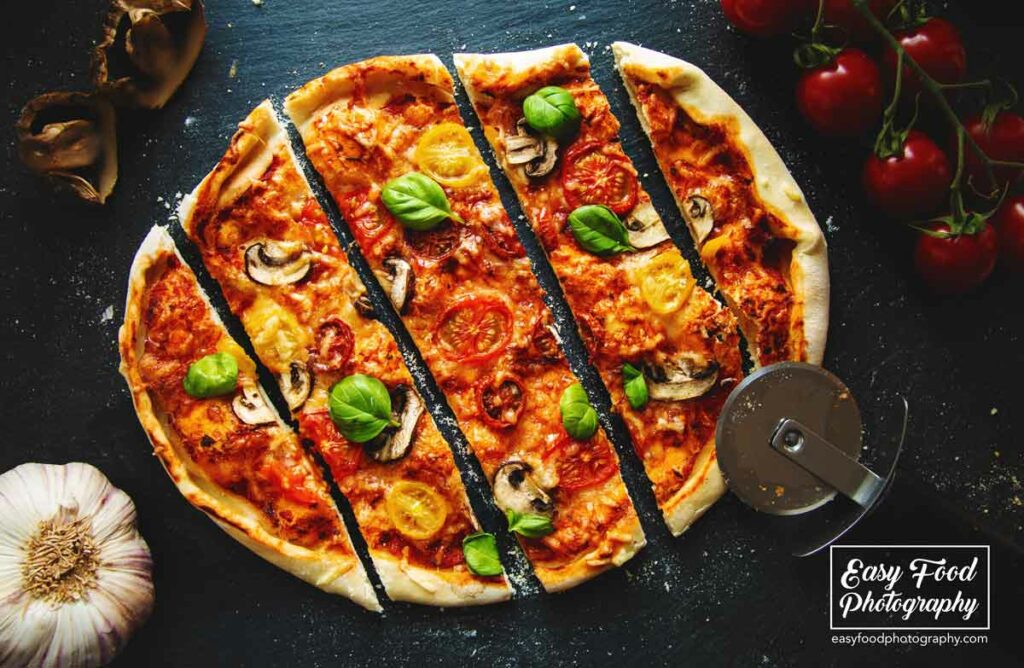
And voila, he feels connected to the image. He has a memory of how he himself has cut a pizza umpteen times. And by the way, pizza is so popular that you get a lot of likes on Instagram for pizza photos.
Get inspired by your idols
Or another simple example. I’m really liking the style of Andrew Scrivani another famous New Yorker editorial food photographer. There was one picture I got inspired by.
It was milk poured into a cup of coffee. I wanted to redo that but in my style. I made a picture with the milk pour and without. Without it just looks so boring. By adding this little milk pour it created some soul. And of course an interesting structure in the tea itself.
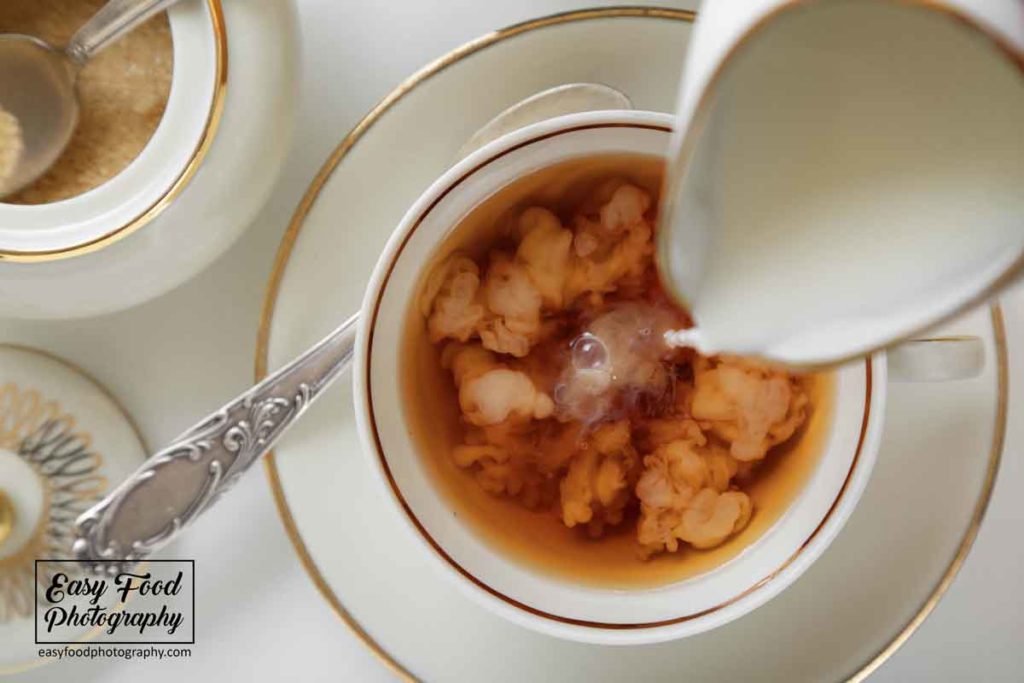
Adding some motion can do the trick to get you some realness in your shot. You don’t have to go too crazy with your story and add tons of props etc. to make a shot interesting.
Of course, you can do it, if that’s your style and personal approach, but you don’t have to. The small and easy steps will do too.
Make it sensational
Ok, my next tip for developing your very own storytelling technique is more or less the “Hollywood variety”. Make it glamorous, make it shiny, make it sensational. What I mean by that is to start thinking outside the box.
There are thousands and thousands of very good food photographers and food images out there. But if you look closer, you quickly realize that many of them have more or less the same style, use the same techniques, and so on. You could replace one with another and no one would notice the difference.
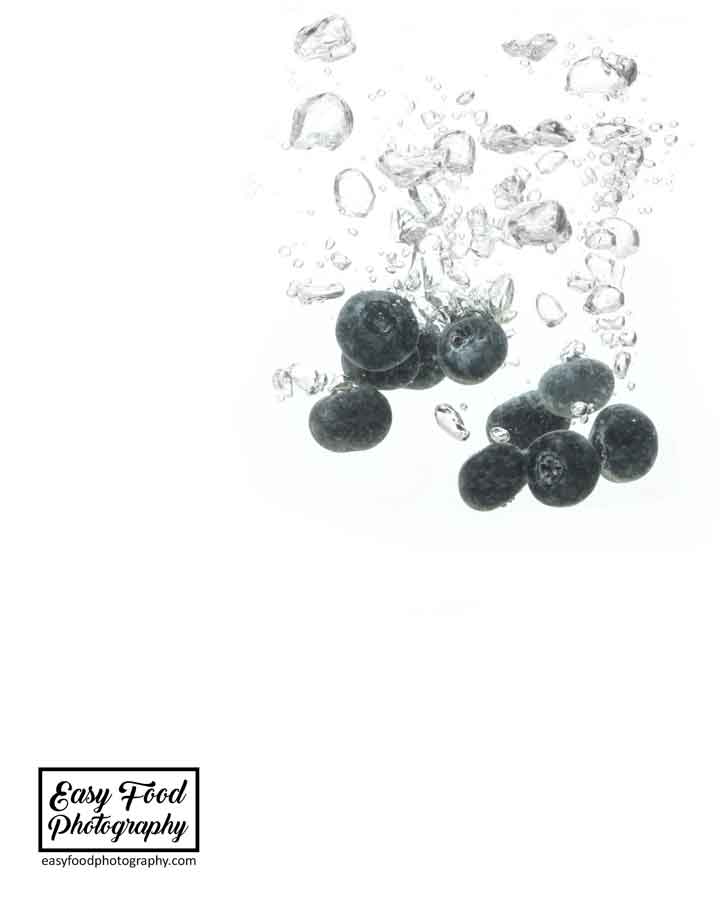
A good way to counteract this and not fall into this trap is to think about how you can make your food images more appealing. A good approach is to try to make it sensational because that will definitely get people’s attention. We are always looking for new things. Not looking for things we’ve seen over and over again. And it doesn’t have to be too complicated.
I got myself a little aquarium once. And I started throwing fruits and vegetables in it. And BOOM. This technique is no longer brand new, but it still stands out immediately because it looks so sensational.
Everything that splatters and splashes remind us of our own youth. And we become emotionally attached on the spot.
Conclusion
It’s really important that you give your food images a visualized story. In food photography, the prime directive is always to portray the food in the best possible way.
The easiest way to engage the viewer is to help them build an emotional connection. Try to awaken and evoke memories in the viewer.
To create this emotional connection, you can use different techniques to get the viewer where you want them to be. You can create a special mood or situation by adding the right props, or you can add some movement to your images to tell a story.
I’ve found that my food photography has improved abruptly by adding “realness” to my photos.
It can be almost anything that makes sense to add to your images. A few forks here, a cake there with a bite already taken, etc. Always remember that you need to create desire and make people hungry.
Remember that the food is always the star. Try to boil your storytelling down to its core. Over time, you will develop your own unique way of storytelling in your food photography. Be creative to get the story told. And have fun doing it.
If you have any questions feel free to join the forum and get in touch.
Cheers,

THIS STORYTELLING TECHNIQUE WILL CHANGE YOUR FOOD PHOTOGRAPHY FOREVER was written by EasyFoodPhotography founder and editor Alex Fuchs. Alex loves photography and good heavy stoner rock music. His food styling skills are restricted, but he is working on that. When people approach him saying “You can’t do that” his maxim is always: I’ll do it in a minute. He loves to be challenged. Follow his Instagram feed. You read “This storytelling technique will change your food photography forever”.
